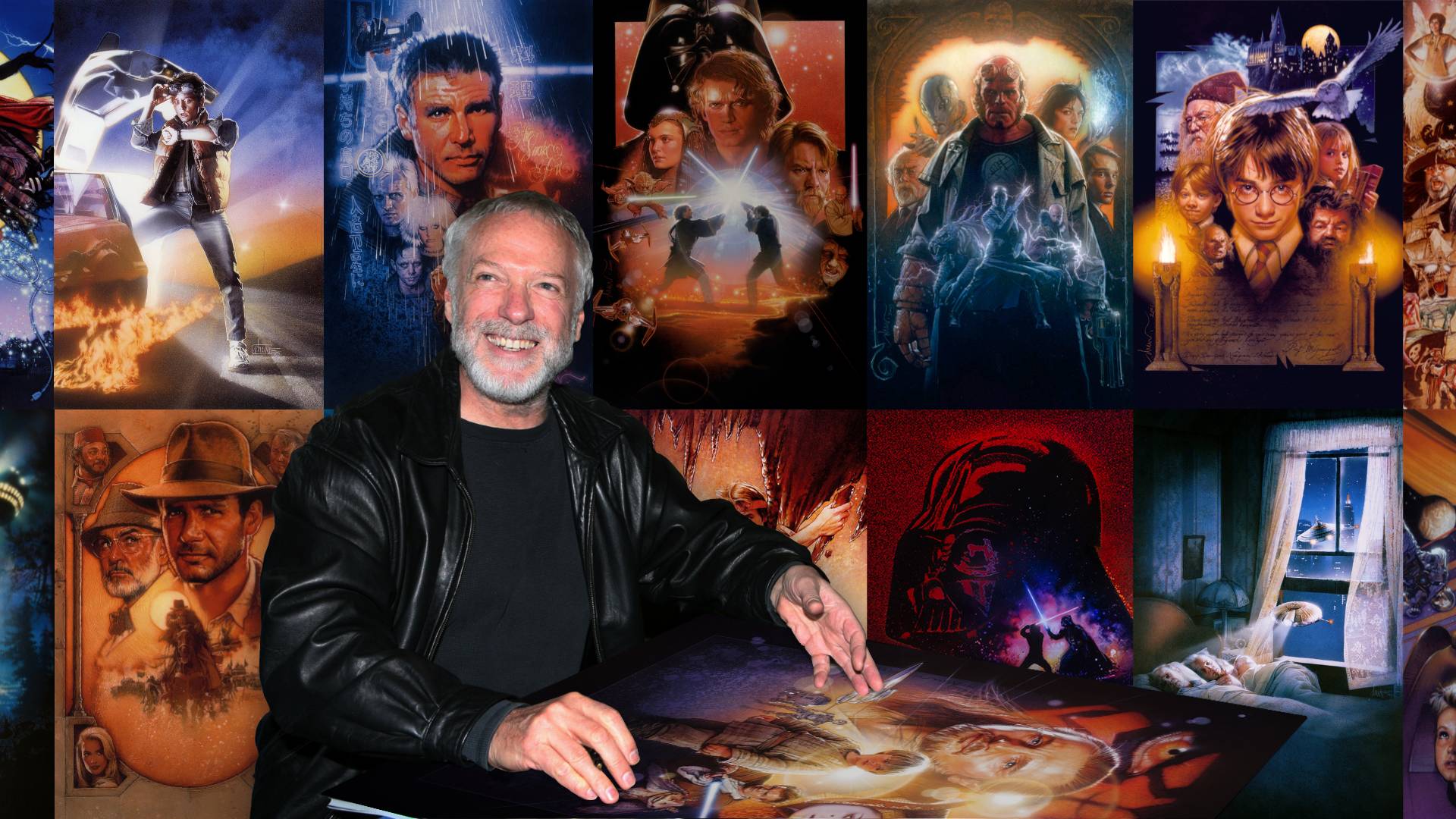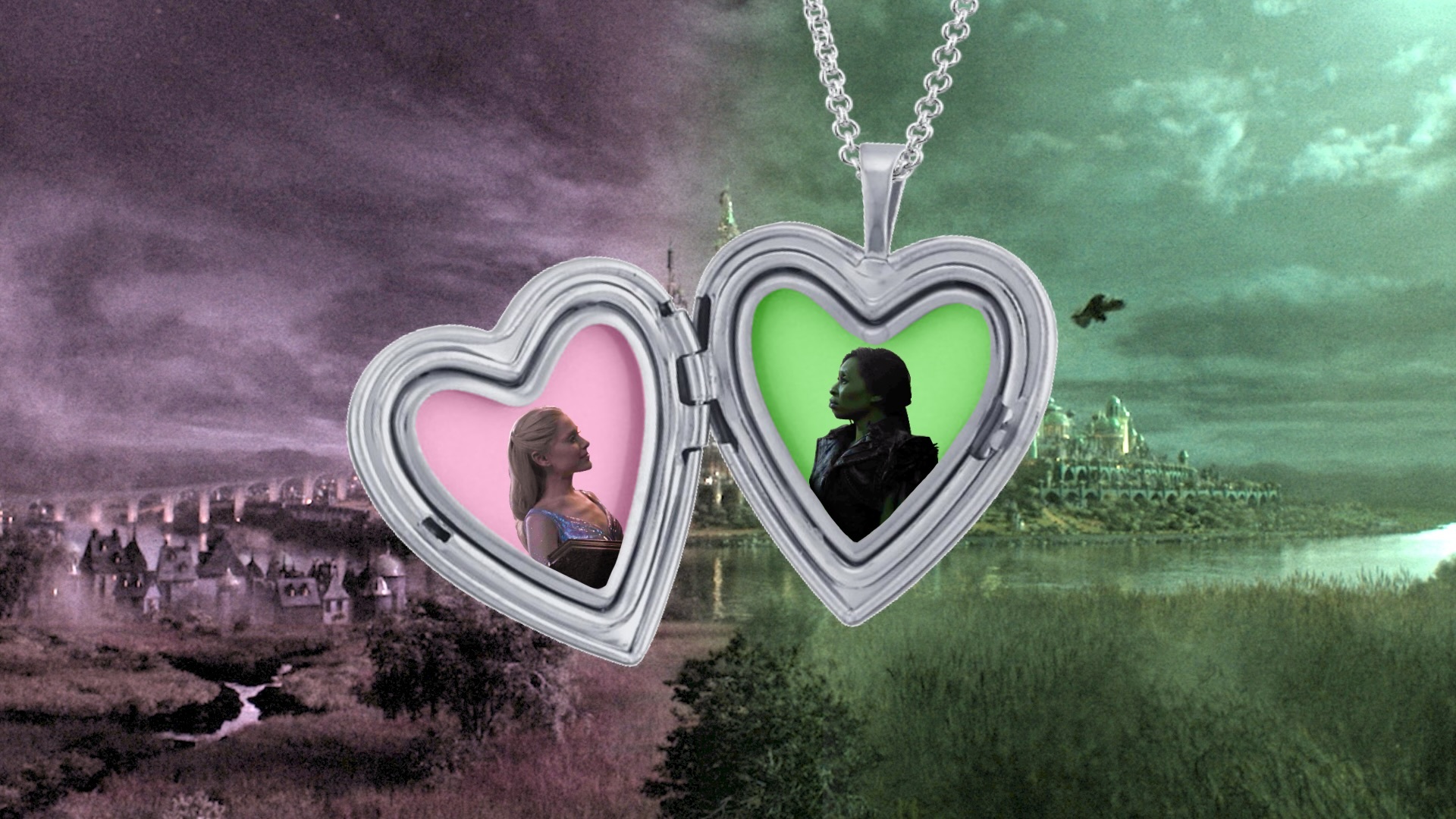After taking a week off to recharge ourselves (and give our projector a break), Trent Film Society returns!
On Wednesday, October 9 at 8pm, you can look forward to our screening of Jacques Tati and Sylvain Chomet’s The Illusionist (2010), the final film in our two-part animation theme.
You may recall that last year we screened Jacques Tati’s Mon Oncle (1958), a (somewhat) silent comedy that follows Tati’s socially awkward character, Mr. Hulot (played by Tati himself), getting up to no good. In The Illusionist, which was adapted from a screenplay written by Tati, the titular character resembles Mr. Hulot and, at many times during the film, harkens back to Tati’s definitive slapstick style.
The Illusionist is a film that follows the sad life of an older French gentleman who travels across Europe performing magic shows for relatively small and uninterested audiences.
While performing in Scotland, the illusionist encounters a young woman named Alice who befriends him and decides to join him on his journeys. The two form a father-daughter type of relationship, and this ignites a sense of happiness in the illusionist’s otherwise bleak life.
Despite all this mention of gloom and despair, the film isn’t without joyful moments. Many of the illusionist’s performances are humourous and help to lighten up the film’s darker tone.
On a more technical note, The Illusionist shies away from using dialogue as a means of communication for both characters within the film, as well as the audience outside of it. Instead, The Illusionist relies on visual space and body language to present ideas and move the narrative along. This animation film is one that truly uses the medium to its advantage.
Come out to Artspace (378 Aylmer Street) on Wednesday, October 9 at 8pm to see this wonderful film!
It is free as always. We look forward to seeing you there!
For more information, visit www.facebook.com/trentfilmsociety or e-mail trentfilmsociety@gmail.com.


.png)


.jpg)


.jpeg)



.jpg)

.jpg)

.jpg)







.png)